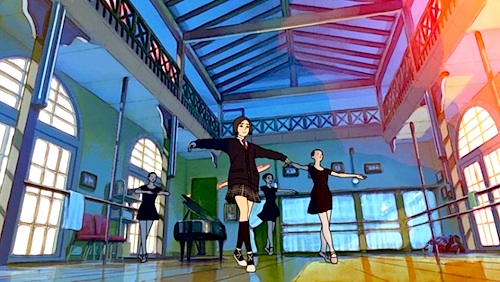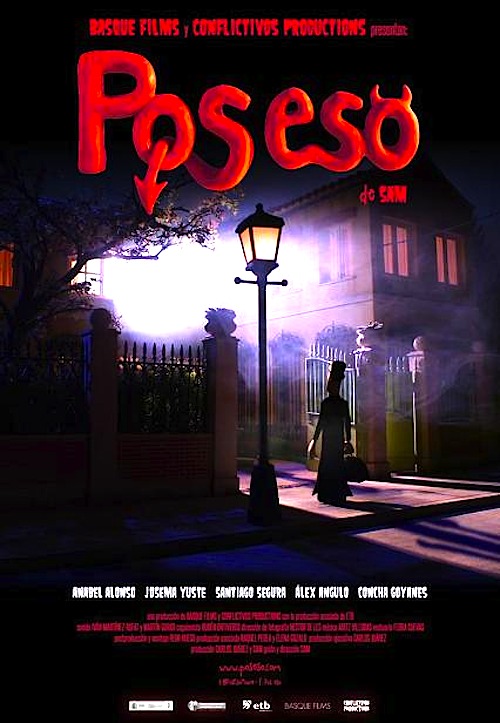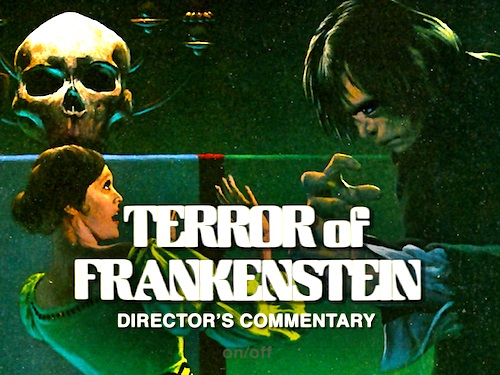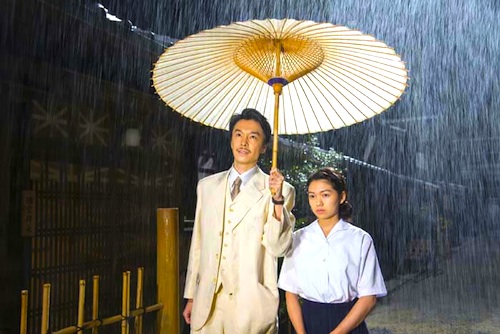By Joe Bendel. This might just be the dark fantasy pest control film we have all been waiting for. Woo-ryong is an itinerant musician who gets side-tracked in a suspicious village with a pronounced rat infestation problem. If you are picking up shades of Hamelin, hold that thought. Kim Gwang-tae will make good on them with his feature debut, The Piper, which opens this Friday in Los Angeles.
Soon after the Korean War armistice, Woo-ryong sets out with his son Young-nam on a cross-country trek to Seoul, where the U.S. Army hospital will treat his ailing lungs. Unfortunately, they stumble across a formerly hidden hamlet tightly controlled by their village headman. It is the sort of tightly knit community that could easily hold an annual stoning lottery. In exchange for food and a night’s lodging, the civic strongman makes Woo-ryong promise to keep the end of the war secret. He agrees, even though it gives him bad vibes.
Still, he cannot help noticing the village has rat issues. Evidently, they started showing up one fateful night. Nobody will talk about it, but it must have been pretty bad. However, Woo-ryong can do something about the here-and-now. All manner of beasts respond to his pipe. Unfortunately, when Mi-sook, the newly revealed village shaman develops feelings for Woo-ryong and Young-nam, the headman considers them threats to his well-structured order and starts plotting against them accordingly.
Piper goes to some murky, sinister places. Let’s just say it is not kidding around about its Hamelin references. When it comes time for payback, things get downright Biblical. Not to be spoilery, but viewers who are afraid of rats will be profoundly creeped out by the third act. In all honesty, The Piper wears its archetypes so conspicuously on its sleeve, we largely know where it is going after about twenty minutes. Yet, Kim’s execution is so tight and taut, he keeps the audience focused-in and perched on their seat’s edge nonetheless.
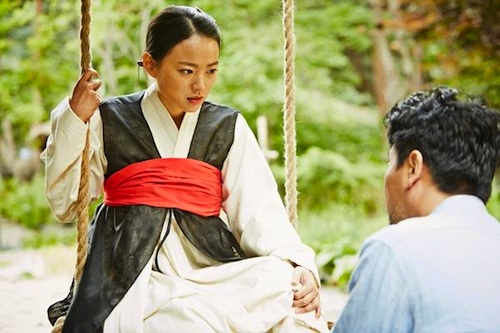
Although he frequently plays heavies, Ryoo Seung-ryong’s haggard everyman look and intense aura of pathos are perfect for Woo-ryong. Young Goo Seung-hyun also deserves tons of credit for his convincing work as the bespectacled Young-nam, belying his precious appearance. Portraying a master manipulator beyond his years, Lee Sung-min’s headman supplies the film’s dark, malicious heart. It is a great piece of big screen villainy. Chun Woo-hee’s slow burning presence also grabs eyeballs, but her character, Mi-sook, is not adequately established.
The Piper taps into some deep primal themes, reaching back to Medieval Saxony while evoking the dysfunctional dynamics of charismatic leaders and their cult-like followers. It is a remarkably well-put-together production that might just be the “feel bad” film of the summer. Recommended rather highly for those who enjoy dark, slightly fantastical thrillers, The Piper opens this Friday (7/24) in Los Angeles, at the CGV Cinemas.
LFM GRADE: B+
Posted on July 21st, 2015 at 9:14pm.
